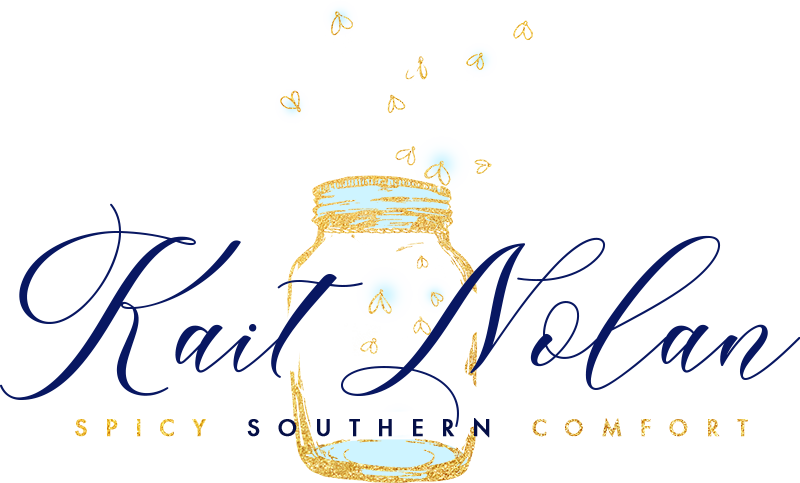Today’s guest post comes to you from fellow Outlander obsessed fan Elizabeth Eckhart. Take it away!
~*~
The Outlander series of books by Diana Gabaldon have been hugely popular, but the new show on Starz has much to prove if it plans on living up to fans’ expectations for the rest of the season. The novels, which the show aims to emulate as closely as possible (barring necessary changes), embrace a wide variety of interests and subjects that have attracted readers for many different reasons. The romance aspect between Claire and Jamie, for example, is central to the plot, but it is the time-travel aspect which appeals to many fans of fantasy and sci-fi, while the setting in the 1743 Scottish highlands hooks history lovers. A thread of mysticism and magic touches many of the scenes, and even the use of herbal medicines might be fascinating to naturalists. With so much depth expressed in the novels, one of the challenges of producing a series is what to leave out, change, and rework.
Although the series is still just beginning – the fourth episode aired on Saturday – it’s obvious that romance will be a large part of the show. Added intimate scenes between Claire and her 1945 husband, Frank, have clearly introduced the idea that Claire is a woman of passion. Despite their absence in the novels, the scenes were in fact necessary to stick as closley to Gabaldon’s original stories as possible, by quickly and effectively showing the deep bond between Claire and her husband without wasting viewer’s time. Claire also quickly sets her own tone by taking charge of injuries as soon as she’s captured by the highlanders, who look as rough and menacing as readers might expect – with a suitable amount of grime.
What is lacking is much of Claire’s thought process as she’s trying to understand what’s happening, or how to proceed, although producers have attempted to include a chunk of the narration using voiceover. The difficulty with including narration is that it often draws the watcher out of the story, reminds them that they’re viewing a show, and quickly becomes more distracting than informative when telling the tale. As the series progresses, though, it’s hoped that Claire’s actions will need less narrative explanation to progress the plot. As of right now, though, no other character knows of Claire’s predicament, leaving little room to tease out necessary information through dialogue.
The costuming, as hoped, is phenomenal and feels very authentic. Attentive viewers will notice that dresses are laced together, plaid is worn by all the men, and most characters look a bit disheveled and dirty. Castle rooms are somewhat dark, as would be expected for areas lit by torches, and there is a constant background bustle that creates the feeling of a crowded living situation. The excellent costuming and the decision to film the series in Scotland seems to prove that the producers recognize the importance of historical accuracy within the television show.
Casting such a popular novel is extraordinarily difficult, since every reader will have created their own versions of the characters, and even Gabaldon was quite picky giving out her blessings on the actor choices. For the series, Claire is acceptably pale and dark haired, although a bit thin for both 1945 and 1743. Gabaldon is quite clear that the Claire of her stories has an “ample bottom” but the TV Claire has visible ribs during the nude scenes. However, Caitriona Balfe more than makes up for her lack of body fat by captivating readers with a nearly perfect portrayol of Claire’s stubborness, courage, and sometimes even naivity as she navigates the Scottish highlands.
Jamie is even more difficult to create, being the star of numerous reader fantasies, but the Starz version of the central character, played by Sam Hueghan, makes up for any height deficits by creating an excellent “larger than life” personality for the screen version. Beyond his perfect accent (Hueghan is an actual Scot) the actor has accurately channeled Jamie’s boyishness and often ill-advised bravery. Like Gabaldon, who initially worried Heughan was too grotesque, then praised his abilities, most viewers will quickly accept the television portrayals of Jamie and Claire, especially within the amazing scenery surrounding them.
The first season, so far, has led most to believe the show will certainly be a success for history buffs, viewers who love Scotland and of course, romance fans. It remains to be seen if the show will continue to develop the subtler subtexts that run through the novels, but the first episodes are promising. Already, a second season has been picked up, which will continue to run on Starz (available through select cable providers, or Starz Play) and delve into the second novel. Despite its few shortcomings, Outlander the series has started on a great note and will appeal to fans of the books as well as viewers new to the intricacies of Outlander.
~*~
Author Bio: Elizabeth Eckhart is a graduate writing student who loves to blog about television, literature, and film in her free time. She has been obsessed with Outlander since she stole the first book from under her mother’s bed at the ripe age of 12. Since then, she has read all of the available novels in the series. You can find her on Twitter @Elizeckhart

2 thoughts on “Fiction Friday: Thoughts On Outlander As A Show by Elizabeth Eckhart”
I’m really excited by the series so far! I like your comment about subtexts — I hope they don’t lose a lot of the deeper nuances as the stories unfold.
So awesome to watch something with little or no complaints, after the disappointments of the LoTR and Harry Potter adaptations!
im enjoying outlander ,but as mentioned claires thought process is lacking and i wish there was subtitles.very difficult to understand ,